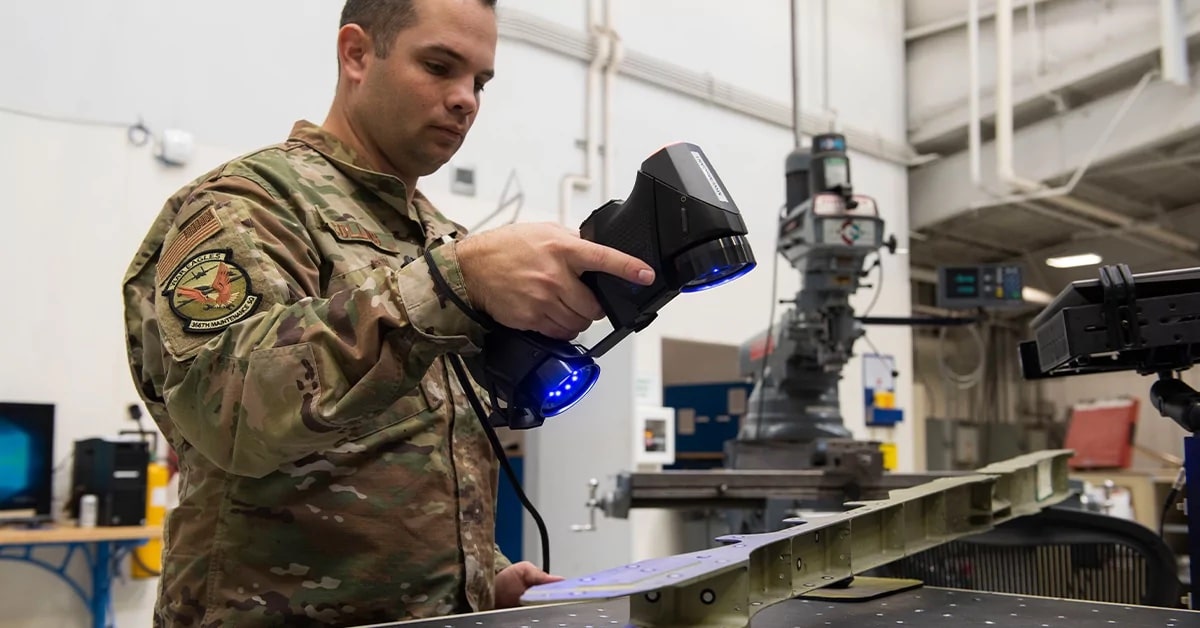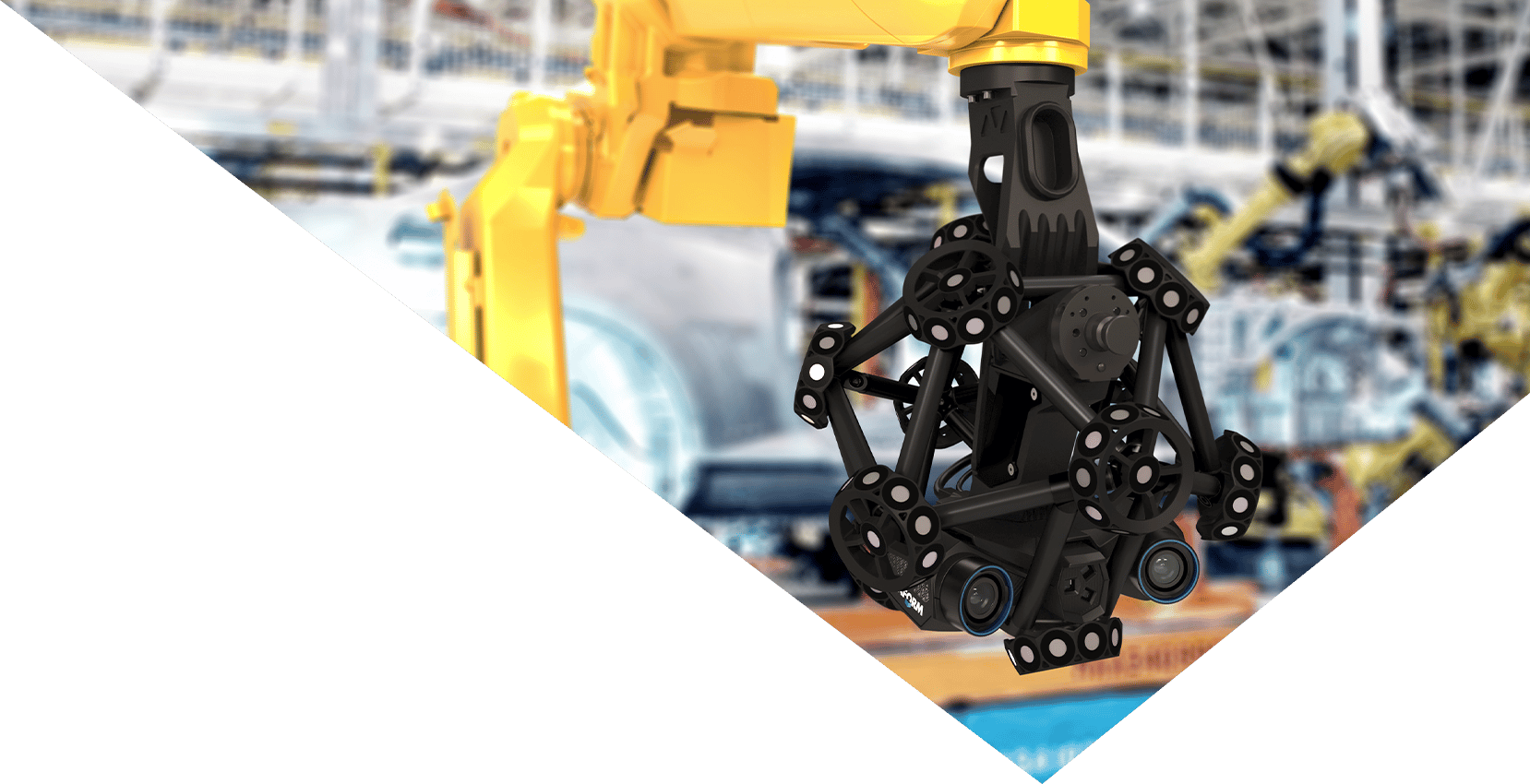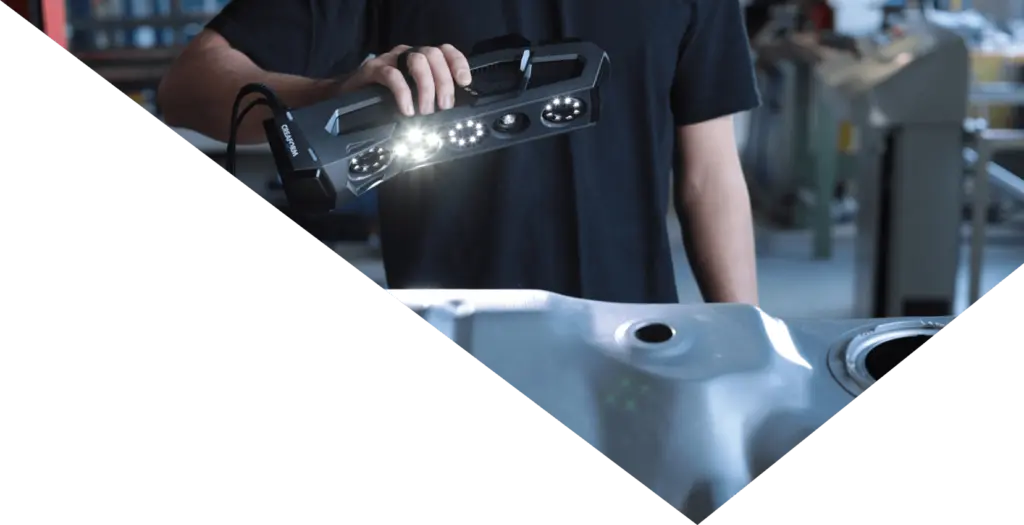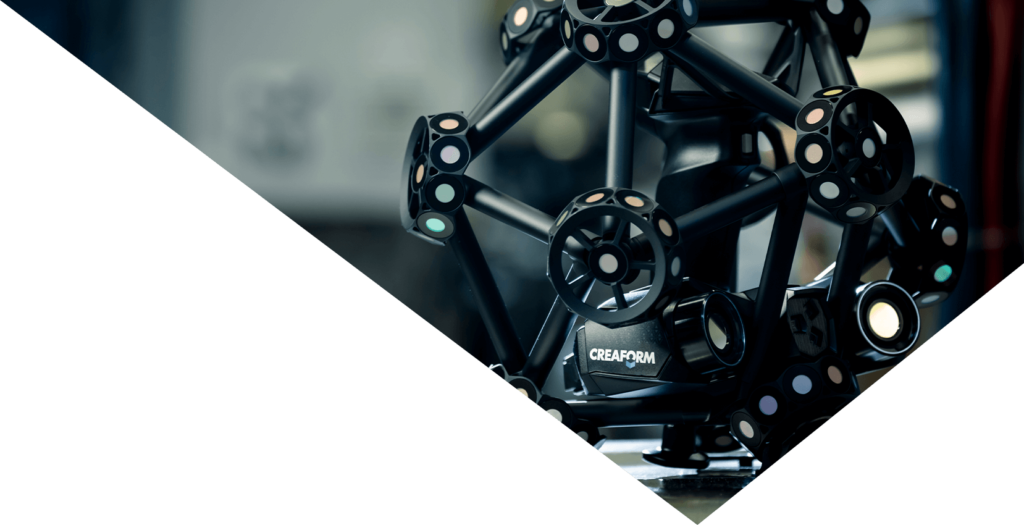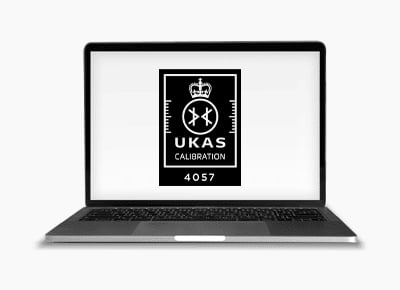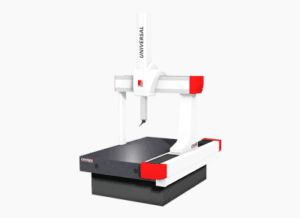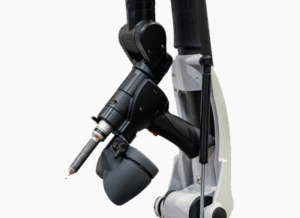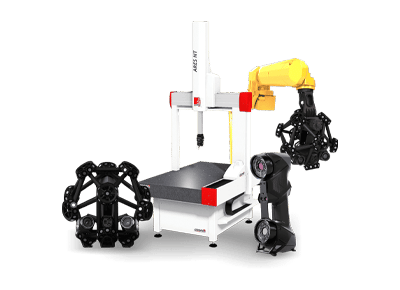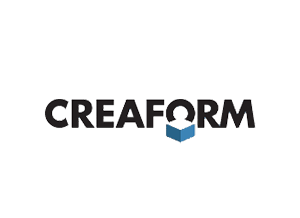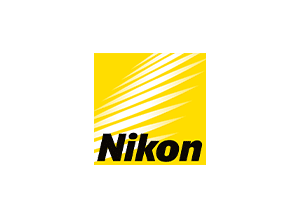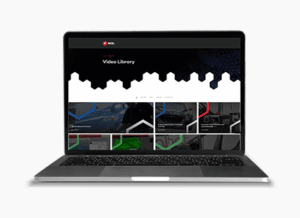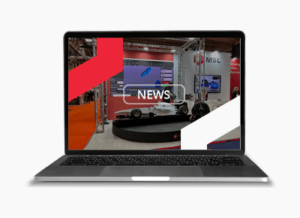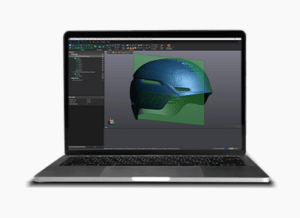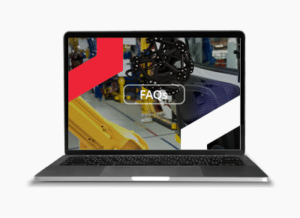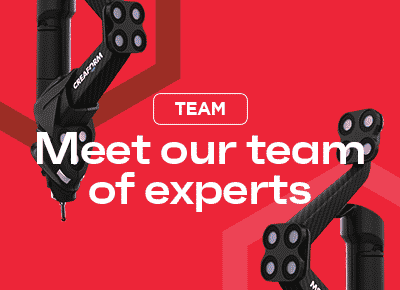The Importance of 3D Scanning in the Defence Industry
The Military and Defence Sectors are going through an unprecedented change due to the adoption of 3D Scanning and Additive Manufacturing technologies for a wide range of applications, including Maintenance, Repair, And Overhaul (MRO) processes, damage assessments, and reverse engineering of parts, to name a few.
This transformation is helping to drastically reduce reliance on bogged-down supply chains and a tight labour market, whilst maximising efficiency and reducing costs.
3D Scanning within Defence helps to create precise models of equipment and prototypes, which is essential for accurate testing and development. It can also be used to inspect and analyse existing equipment, identifying any flaws or damage that may affect its performance.
This allows for early detection of potential issues and timely maintenance, ensuring equipment remains in optimal condition, the use of 3D scanning technology in the defence sector is critical for maintaining the readiness and effectiveness of military equipment.
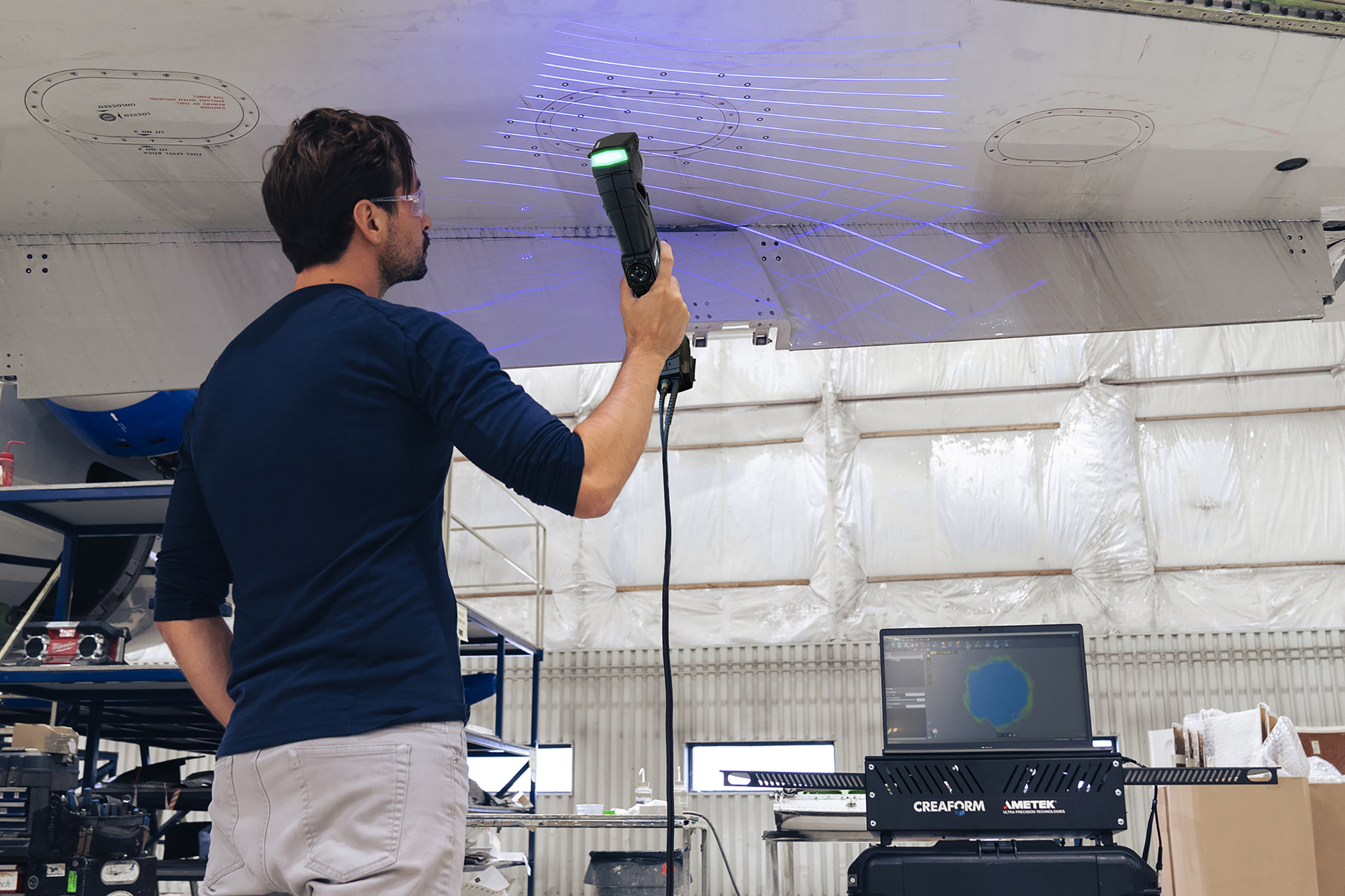
3D Scanning technology plays a crucial role in the defence sector for a number of reasons, here are some of the key aspects highlighting its importance:
Rapid Prototyping and Manufacturing
Speed: 3D scanning allows for the quick and accurate capture of physical objects. This data can be used for rapid prototyping, enabling faster development and modification of defence equipment.
Cost-Efficiency: Rapid prototyping reduces costs associated with traditional manufacturing processes, allowing defence agencies to iterate designs without significant expenses.
Reverse Engineering
Obsolete Parts: Many defence systems have components that are no longer in production. 3D scanning helps in reverse engineering these parts, allowing for their replication or modification.
Interoperability: Scanning and recreating parts from different sources ensure interoperability between systems that might have been developed at different times or by different manufacturers.
Maintenance and Repairs
Precision Repairs: 3D scanning enables precise measurements for repairs. Defence equipment often needs highly accurate replacements, and 3D scanning ensures the new components fit perfectly.
Reduced Downtime: By having the capability to rapidly prototype and manufacture replacement parts on-site, downtime for critical equipment can be minimised.
Quality Control
Accuracy: 3D scanning ensures high precision, allowing defence agencies to maintain the quality and standards of their equipment. It aids in detecting even minor defects that might not be visible to the naked eye.
Documentation: Detailed 3D models provide a comprehensive digital record of equipment, aiding in quality control and analysis.
Quality Control In The Production Environment At Bell Helicopter
Training and Simulation
Training Simulations: 3D scanning helps in creating realistic virtual environments for training simulations. This is invaluable for military personnel to practice manoeuvres and operations without the need for real equipment.
Tactical Analysis: Scanned data can be used to simulate various tactical scenarios, helping military strategists in planning and analysis.
Forensic Analysis
Crime Scene Reconstruction: In the event of a security breach or attack, 3D scanning can be used to reconstruct crime scenes, helping investigators understand the events and make informed decisions.
Evidence Preservation: 3D scanning technology aids in preserving digital evidence, ensuring that vital information is not lost during the investigation process.
Customisation and Innovation
Tailored Solutions: 3D scanning facilitates the customisation of equipment and weaponry based on specific mission requirements. This flexibility enhances the effectiveness of defence operations.
Innovation: By providing detailed digital models of existing equipment, 3D scanning encourages innovation, allowing engineers and designers to build upon existing designs for more advanced and efficient systems.
In summary, 3D scanning technology significantly enhances the defence sector’s capabilities by improving efficiency, reducing costs, ensuring quality, and enabling innovation and customisation. Its applications in various aspects of defence operations make it an invaluable tool for military agencies worldwide.
As an organisation we work closely with Creaform and have been their UK distributor for over 25 years, all Creaform scanners and software are produced in Canada and together we are an innovative and trusted partner to the UK Defence Sector.
If you have found this article of interest, then we would suggest that you look through our other material here. If you would like to find out more about any of our Creaform 3D scanners, you can either contact us or book a demo.
